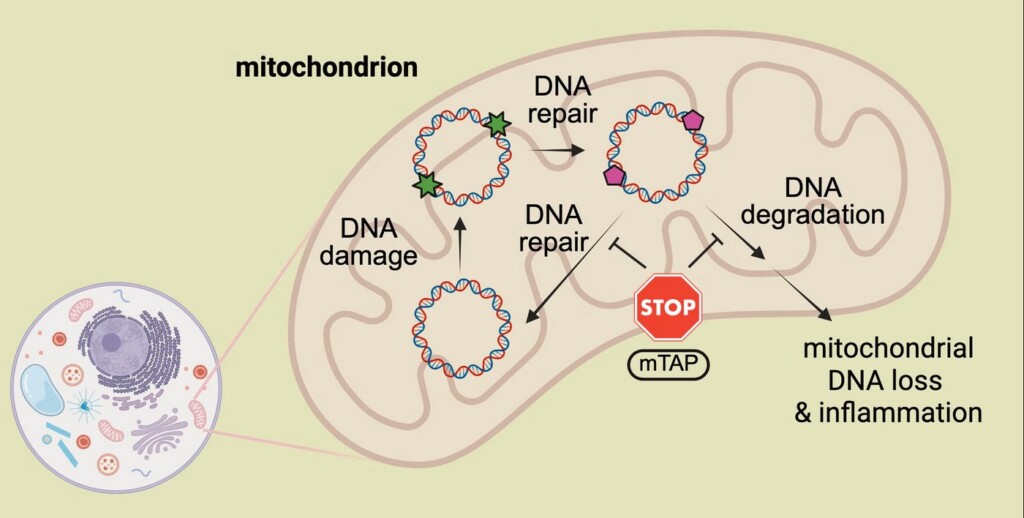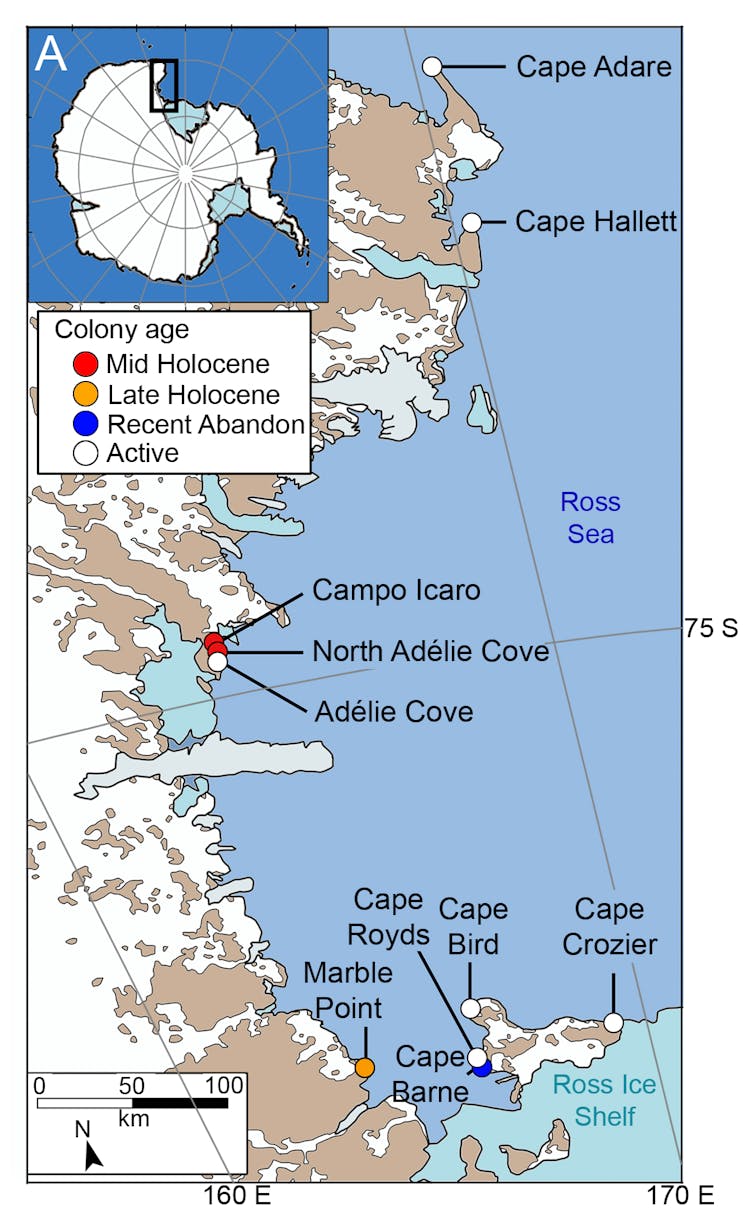
Infographic by Linlin Zhao, University of California RiversideA new chemical probe protects healthy cells from DNA damage, preserving them from one of the 8 hallmarks of aging.The story of this potentially paradigmatic development begins where so much of human health begins: the mitochondria. These organelles are disrespectfully monikered as “the powerhouses” of the cell, but they do so much more than just provide cellular energy.It’s so important, it even has its own DNA. Mitochondrial DNA (mtDNA) is separate from the DNA housed in a cell’s nucleus. While nuclear DNA contains the vast majority of the genetic code, mitochondria carry their own smaller genomes that are essential for cellular functions.MtDNA exists in multiple copies per cell, but when damage occurs these copies are often degraded rather than repaired. If left unchecked, this degradation can set off a cascade of failures linked to heart conditions, neurodegeneration, and chronic inflammation.Published in the German Chemical Society journal Angewandte Chemie International Edition, researchers at UC Riverside developed a chemical probe that binds to damaged sites in mitochondrial DNA and blocks the enzymatic processes that lead to its degradation.“There are already pathways in cells that attempt repair,” said Linlin Zhao, UCR associate professor of chemistry, who led...



